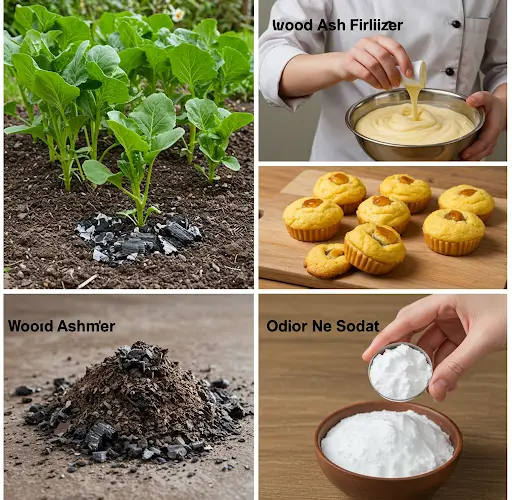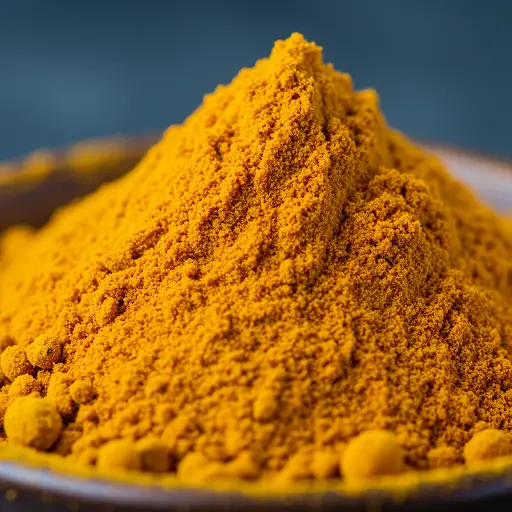Revive Your Garden Naturally: The Power of Wood Ash and Baking Soda
In the quest for a thriving and healthy garden, many gardeners are turning to natural methods to feed and protect their plants. Among the most effective and environmentally friendly options is a time-tested solution known to our ancestors: wood ash. When combined with baking soda, this simple yet powerful mixture can help restore sick or struggling plants, enrich the soil, and significantly boost productivity.
Whether you’re dealing with nutrient-deficient plants, poor soil conditions, or looking to avoid synthetic fertilizers, this organic blend offers an easy and accessible solution.
The Historical Power of Wood Ash
Wood ash has been used in agriculture for centuries. Ancient civilizations recognized its benefits for plant health, soil enrichment, and pest resistance. The ash, a byproduct of burning untreated wood, is a natural source of several essential minerals and can be used as a mild alkaline fertilizer.
What makes wood ash especially valuable in gardening is its rich content of:
-
Potassium: Vital for flower and fruit development.
-
Calcium: Supports strong cell walls and root development.
-
Magnesium: Important for photosynthesis.
-
Phosphorus: Encourages healthy root growth and blooming.
-
Sodium: A micronutrient that, in small quantities, can stimulate growth.
These nutrients are key for maintaining the overall health and productivity of your garden, especially when plants show signs of stress or nutrient deficiency.
Benefits of Using Wood Ash in the Garden
The regular application of wood ash can:
-
Improve soil structure and fertility.
-
Neutralize acidic soils (acts as a natural liming agent).
-
Strengthen plant immunity.
-
Enhance blooming and fruit production.
-
Act as a natural pest deterrent when sprinkled around plants.
However, because wood ash raises soil pH, it is best suited for gardens with slightly acidic to neutral soils. Avoid using it on acid-loving plants like blueberries, rhododendrons, or azaleas.
Enhancing the Effect with Baking Soda
Baking soda (sodium bicarbonate), when added to wood ash, brings additional benefits to this natural fertilizer. It is well-known for its antifungal and antibacterial properties. When used in moderation, it can help suppress harmful pathogens in the soil and on plant surfaces.
Baking soda also assists in stabilizing pH levels in mildly acidic soil and promotes better nutrient absorption.
How to Prepare and Use the Mixture
This powerful garden tonic is easy to make and can be used to revive tired soil and nourish plants at any stage of growth.
Ingredients:
-
1 kg (approximately 2.2 pounds) of fine wood ash (ensure it’s from untreated wood only)
-
1 tablespoon of baking soda
-
10 liters (about 2.6 gallons) of clean water
Instructions:
-
In a large container or bucket, combine the wood ash and baking soda with the water.
-
Stir the mixture thoroughly to ensure even distribution of the ash and baking soda.
-
Let the solution sit and infuse for 24 hours. This resting period allows the minerals to dissolve into the water, creating a nutrient-rich liquid fertilizer.
-
After 24 hours, use the liquid to water your plants at the base. Avoid applying directly on the leaves, especially in hot weather, as it may cause leaf burn due to the alkaline nature of the mixture.
This solution can be used every two to three weeks during the growing season. It is particularly effective when applied after heavy rains, which can wash away nutrients from the soil.
Using Wood Ash During Planting
Wood ash and baking soda are not only useful for already growing plants—they can also be added directly to planting holes to give seedlings a strong start. Before planting, simply mix a handful of wood ash with a pinch of baking soda and blend it into the soil at the base of the hole. This method:
-
Helps prevent early root rot.
-
Supplies essential nutrients right from the start.
-
Protects young plants from certain soil-borne pathogens.
Important Tips and Precautions
-
Use wood ash from natural, untreated wood only. Avoid ash from painted, varnished, or chemically treated wood, as it may contain toxic residues.
-
Test your soil’s pH if you’re unsure about its acidity. Avoid adding ash to already alkaline soils.
-
Store wood ash in a dry place to prevent clumping and loss of nutrients.
-
Don’t overapply—too much ash can make the soil too alkaline and inhibit plant growth.
Conclusion
Natural fertilizers like wood ash and baking soda offer a powerful and sustainable way to care for your garden. Not only do they restore vital nutrients to the soil, but they also help revive sick or struggling plants without the need for synthetic chemicals. Whether you’re planting new vegetables or maintaining an established garden, this simple blend can be a game-changer for your plants’ health and productivity.
By adopting such traditional methods, you’re not only nurturing your garden but also contributing to a healthier ecosystem. Give it a try and watch your plants come back to life!



